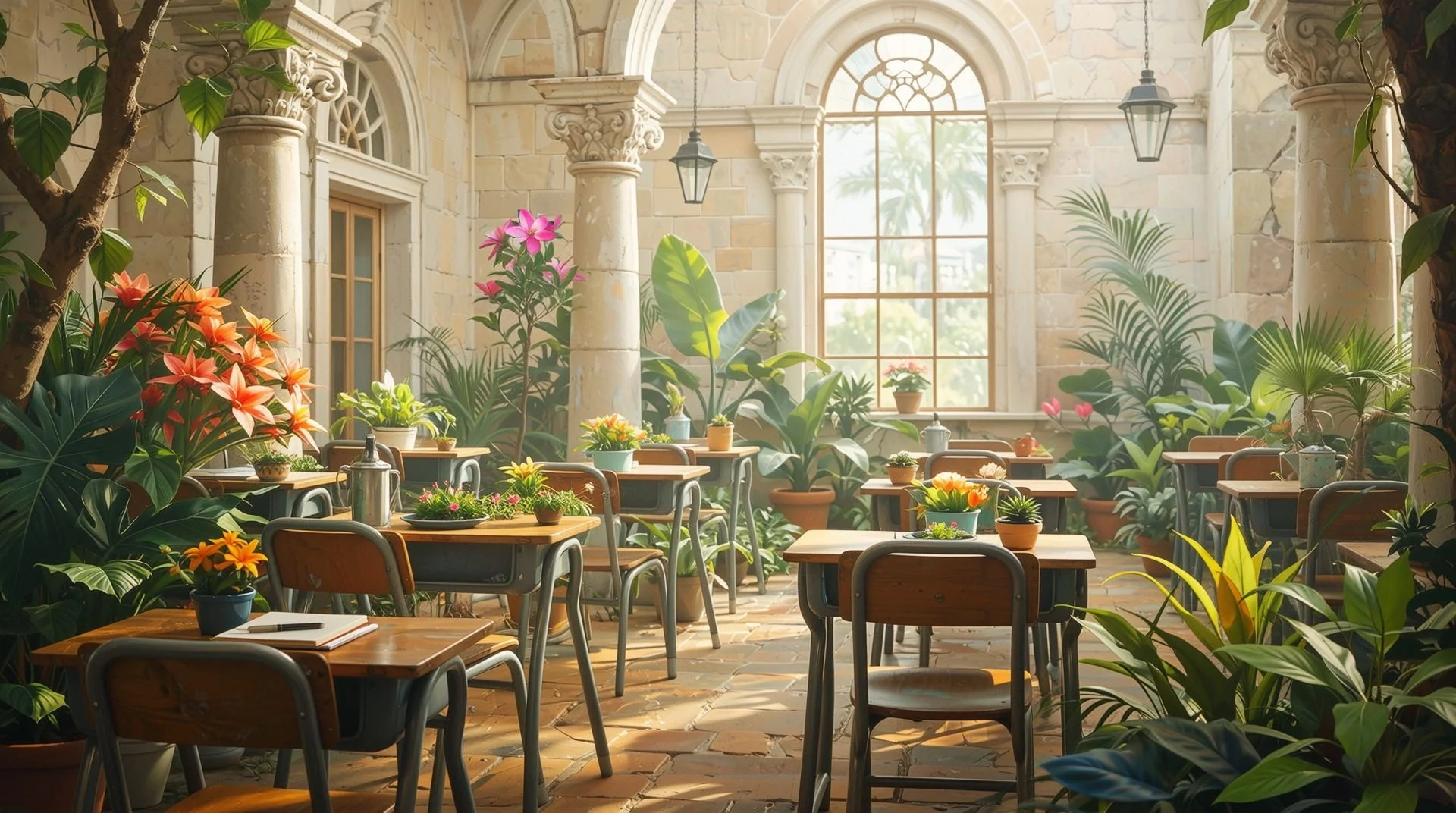4D Filmmaking: Make your audience “feel” your story.
Skull Island: Reign of Kong. Harry Potter and the Forbidden Journey. Mixed with 3D visuals, a 4D ride incorporates sensory enhancements like heat blasts, water misters, fog machines, and seat prodders. The intention? Immerse the rider in a visual and visceral experience.
Although it may not seem obvious, filmmaking also has the ability to create the sensory enhancements of the 4D experience with the four major elements of filmmaking: sound design, mise-en-scene, cinematography, and editing.
If we can encourage our young filmmakers to approach crafting a film away from simply telling an objective story to approaching a story so that an audience can experience it subjectively, we’re moving students towards becoming stronger filmmakers.
We want our kids to tell stories that people can feel. I call that the fourth dimension of filmmaking – 4D filmmaking, a dimension in which the audience can visually and viscerally feel the emotions of a character with the help of film elements, not just dialogue.
A student can write an emotional line in a script. Let’s say that Yosef, our main character, says, “You wanted me to leave.”
A novice director shoot Yosef center framed, with high key lighting in a tight oner as he says his emotional line with tears streaming down his eyes.
That’s not terrible, but…Let’s do 4D filmmaking with the help of the Big 4: sound design, editing, mise-en-scene, and cinematography and explore how to make the audience “feel” the emotion of that scene.
Let’s encourage kids to experiment with some creative and technical considerations.
We see Yosef filmed over the right hand shoulder of another character, and the shoulder of said character takes up a lot of the frame. Now, what if the camera angle is slightly elevated (we’re looking down on Yosef a bit), and the light is low-key, only hitting one side of his face. Let’s also take away the backlight (ignoring three point lighting) so that it looks as if Yosef “blends” into the surroundings.
Let’s pause and notice what the filmmaker communicates here:
With regards to framing: framing Yosef over another character’s shoulder reveals that our main character feels insignificant compared to the other character (simply based on the percentage of the how much each character takes up in the frame) while the slightly elevated camera angle suggests Yosef’s vulnerability as he says, “You wanted me to leave.”
With regards to lighting: the light hitting only one side of his face communicates the internal conflict that he feels, torn between expressing his innermost feelings and hiding them. Moreover, remember we didn’t backlight Yosef – this decision could suggest that our character feels absolutely ordinary. In fact, he feels as if he has simply blended into the background his entire life – he was never noticed nor special enough to stand out. We could go further and suggest that Yosef speaks from a dark moment, literally and figuratively, in his life.
Want to consider sound design? Sure. There is ambient noise in the room before Yosef’s admission. However, just before he speaks, the world goes silent. There’s nothing to hear except Yosef’s voice. The significance? The world has faded away. Yosef has a moment of clarity that nothing can take away from him: he owns this moment, and it’s important.
Notice how these choices visually (and sonically) communicate the subjective feelings of our main character. Yes, the character explicitly communicates an emotional truth, but our technical decisions communicate much more depth to the audience regarding how this character subjectively feels in this moment. In short, we’re asking our student filmmakers to creatively manipulate the tools of cinema to tell a more cohesive, emotionally rich story.
Let’s go further with some other lighting considerations:
What if I use a green gel or Aputure MC (MC - Aputure) light setting on one side of the character – we might suggest that Yosef feels as if he is stuck in a nightmare (green could equate to a nightmarish world for most people).
A red light? We sense his anger at having to say it aloud.
A blue light? This is a low point, a depressing moment in Yosef’s life.
Want to show that Yosef feels hope as he speaks his line? Have him turn his face (maybe his face is in half shadow, half light at first) towards an off-screen light that illuminates his entire face. The full light on his face suggests emotional freedom and hope for a better day.
Want to show that Yosef claims his power? Let’s add in the backlight either as he says his line (or afterwards) so that he “pops” from the background, no longer willing to be a person that fades into the background but someone who demands to be seen and taken seriously.
Notice that Yosef doesn’t say any of these feelings (that would be bad writing): the director communicates Yosef’s subjective state of mind through creative technical decisions. That is the power of cinema. That is the power of great filmmaking. That is the power of encouraging our students to look for beats in the story to show off their prowess and skills in using the language of film: sound design, editing, mise-en-scene, and cinematography.
What to try this out with your students? Here’s the script and an equipment list with a handout for student reflection: 4D Filming Activity
Meet the Author, Adam Russell
Adam Russell lives and works in Marietta, Georgia. He is finishing his 21st year of teaching both film and literature. A 13 year veteran of teaching IB Film, Adam seeks to constantly refine and demystify the art of teaching with the IB framework to help teachers and students find success. In his spare time, he writes feature length scripts and consumes anything and everything that he can get his hands on regarding film: screenplays, films, video essays, books on screenwriting, etc.














As summer winds down, the familiar rhythm of a new school year approaches. For educators like James Peach, the weeks leading up to students' return aren't just about shuffling papers; they're a strategic dance of preparation, aiming to ignite inspiration and cultivate self-sufficiency.